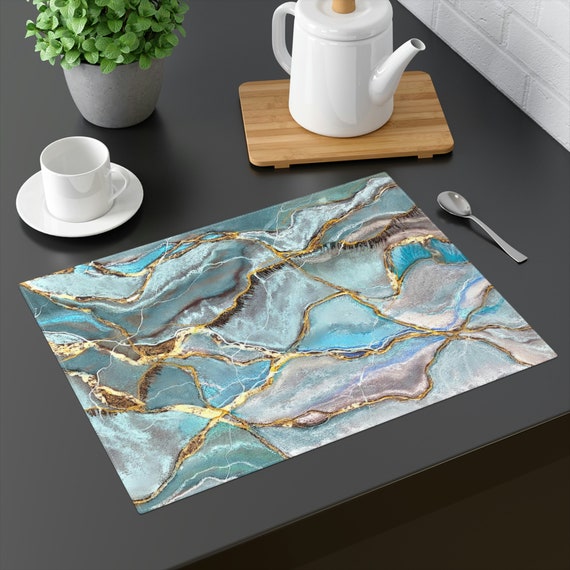An Unbiased View of Unique Art
Table of ContentsExcitement About Unique ArtThe Single Strategy To Use For Unique ArtNot known Incorrect Statements About Unique Art The Of Unique Art
While one may question which art kind holds precedence, the reality continues to be that each of these seven kinds provides a special home window right into human background, culture, and advancement. They are the tapestries that chronicle our journey, advising us of our past while inspiring visions for the future.Great artwork narrates, makes individuals look twice, and produces a distinct experience that can't be matched. Art and illustrations communicate all of that with shade, form and various other design aspects. Learn exactly how to make your special artwork stand out from the group.
3 Emil DervishIn this entrance by Emil Dervish that gorgeous cobalt blue door takes the show. To bring much more dramatization, he prolonged the paint. to the doorframe and the wall up, finishing in a curved form. The contours, together with a round sconce, soften the edges - Unique Art. Structures vintage posters and maps of cherished areas set the scene.
8 TRIA GIOVANEqual parts grand and laidback, this entrance hall made by Anthony Baratta is the excellent plan to adhere to if you're enhancing an official entry that still feels unfussy and comfortable. Formed textiles take spotlight (see the carpets and the couch), but they likewise help bring the high ceilings to a human scale when hung over wallpaper.
Unique Art for Beginners
18 Heidi Caillier DesignA gallery wall does not require to take up the entire room. Sometimes a little one can make a bigger style statement. In this living room, Hiedi Caillier decided for micro-mini frames and an arbitrary composition.
The elements of this languageits shapes, lines, colours, tones, and texturesare used in various ways to generate experiences of volume, space, movement, and light on a flat surface. These aspects are combined right into meaningful patterns in order to represent actual or supernatural sensations, to interpret a narrative motif, or to develop wholly abstract visual relationships.
Later the notion of the "great artist" established in Asia and Renaissance Europe. Prominent painters were paid for the social status of scholars and courtiers; they authorized their work, determined its design and typically its subject and imagery, and established an extra personalif not constantly amicablerelationship with their customers. Throughout the 19th century painters in Western societies began to lose their social position and safe patronage.
Not known Facts About Unique Art
Others earned an earnings via exploring events of their work. The requirement to appeal to a market had actually changed the similar (if much less impersonal) needs of patronage, and its impact on the art itself was probably similar. Typically, artists in the 20th century might get to an audience only through commercial galleries and public museums, although their job might have been sometimes recreated in art regulars
For the history of painting in old Egypt, see Egyptian art and design. The growth of painting in various areas is treated in a variety of posts: Western painting; African art; Main Eastern arts; Chinese painting; Islamic arts; Japanese art; Oriental art; Indigenous American art; Nautical art and design; South Oriental arts; Southeast Asian arts. For a discussion of the imitation of works of art, see bogus. For a conversation of the duty of paint and other arts in religious beliefs, in addition to of the usage of religious icons in art, see religious importance and iconography. For info on various other arts associated with paint, see articles such as drawing; folk art; printmaking. It is the sense of inevitability in this formal organization that gives a fantastic painting its self-sufficiency and presence. The colours and placing of the principal pictures in a style might be in some cases largely made a decision by representational and symbolic factors to consider. It is the formal interplay of colours and shapes that alone is capable of interacting a certain state of mind, creating optical sensations of space, volume, activity, and light see it here and creating forces of both harmony and stress, also when a paint's narrative significance is odd.
Do not copy the style of various other artists if you're trying to discover your style. Duplicating various other individuals's art work can be fantastic in educational objectives yet it more will certainly not make you closer to finding your very own distinct style. Your imaginative style needs to be, what you like and what motivates you.

Some Of Unique Art
You require to attempt great deals of different choices and discover everything prior to you can concentrate on one certain style or you'll be burnt out, or worse, you'll hate your own style. I suggest you to try every solitary subject that you're interested in, discover as much as you can. Try different tools that delight you and brand-new strategies you've never tried prior to.
With time you'll be able to arrange every one of them right into your favorite and least favored groups. Attempt to focus your focus on the topics and tools that you like and prior to you see it why not try here coming you'll have your own individual and one-of-a-kind design, like no person else have! In the end you'll have a couple of favorite topics to paint and perhaps a few preferred mediums.
